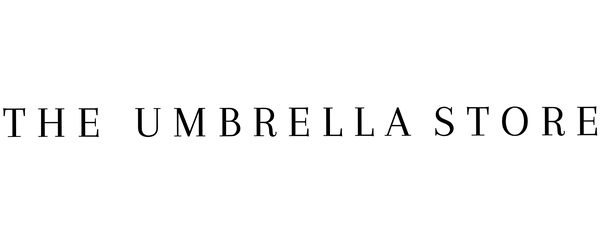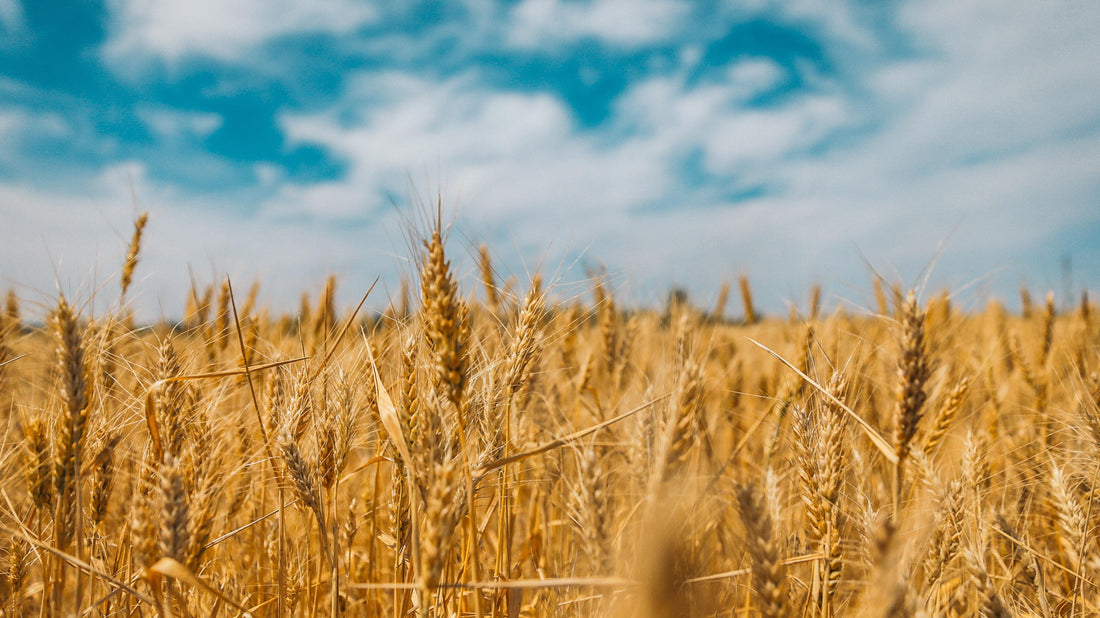“Baby turtle found with 104 pieces of plastic in its belly” “Another sea turtle choked to death with a plastic straw” “RESEARCHERS FIND MICROPLASTIC IN ICE BLOCK TAKEN FROM DEEP IN THE ARCTIC OCEAN”
Everyday the newspaper is filled with headlines like these. Even though we are aware of the harmful effects of plastic, we still use it in our routine life. Ever wondered why?
It’s the lack of better and most importantly “budget-friendly” alternatives.
What are the alternatives?
For years we have been using a lot of different alternatives to the plastic like Glass, Stainless Steel and wood. But none of these have been able to completely replace plastic.
We have been using plastic for basically everything ranging from food to clothes to furniture. There’s a need for a more versatile alternative. Here’s where Wheat straw plastic comes into picture.
What is Wheat Straw Plastic?
Wheat straw is the byproduct that is left after the wheat is harvested, using it as a plastic like substance is an ideal zero waste option. Plastic is made from artificial polymers but polymers created from wheat straw are completely Natural.
Wheat Straw plastic requires less energy as they are natural and do not need much processing. They require fewer toxins, such as oil, as their natural fiber makes the material sturdy enough.
How can it replace our need for plastic?
Wheat Straw is very versatile making it useful for many products. Since the plastic made from Wheat straw is highly durable and heat-resistant, it’s a great material to make mugs, cups and dishes.
As plastic made from Wheat straw is BPA free, it is a good option for kid’s tableware. You can check out our Peppa Pig Plate Set made from BPA-free Wheat straw material. It isn’t just a healthier option, but a great way to make meal time fun for your kids.
Wheat straw plastic is a great alternative in terms of sustainability, affordability and practicality. Let’s do our part for the environment and switch to healthy and safer alternatives. DITCH THE PLASTIC!

